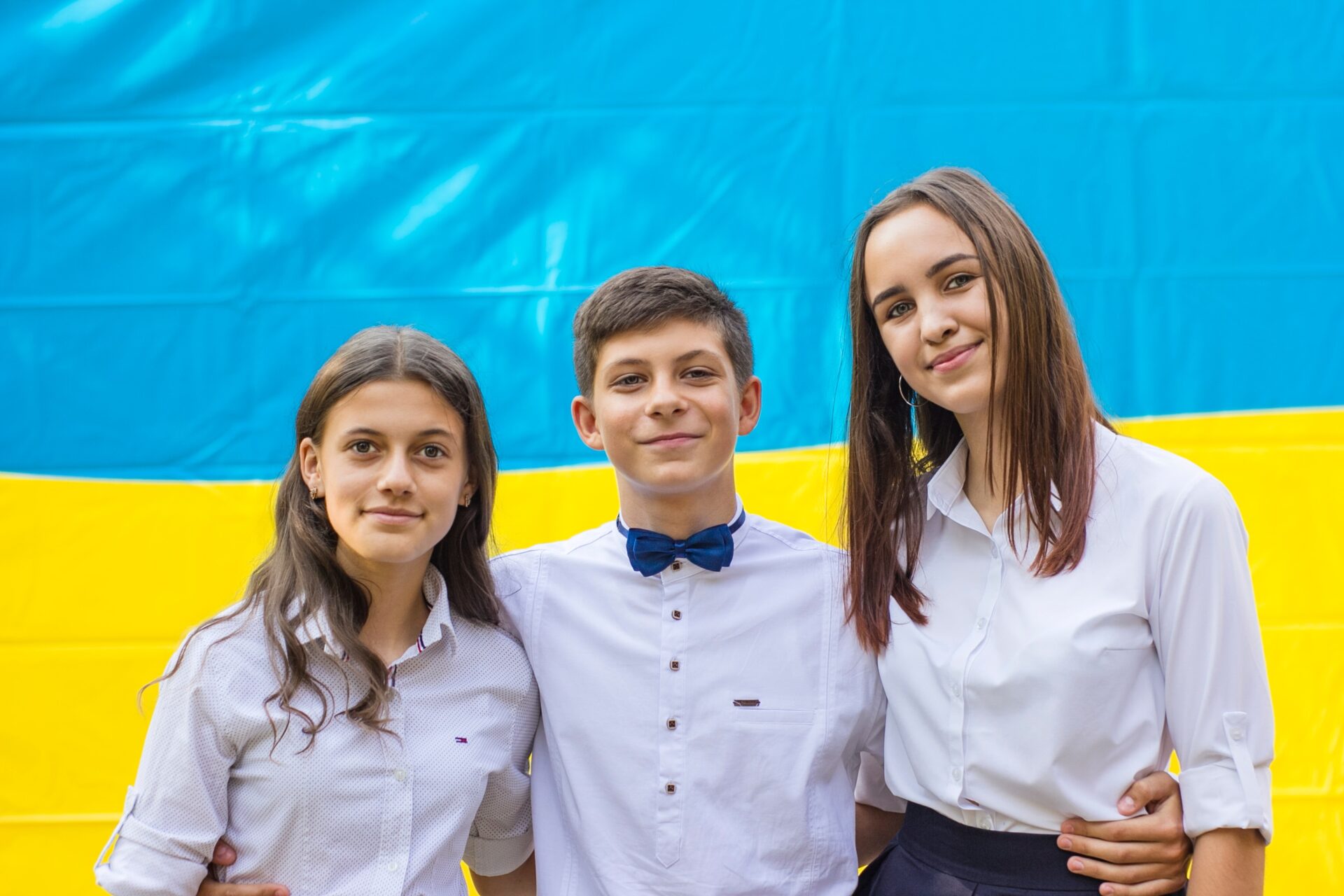Private School
3 min Read
Students helping students: Par for the course at private schools

January 30, 2018
Private School
3 min Read

January 30, 2018

At independent schools, peer support refers to ways students help each other. This help could be for practical, social, emotional, or academic reasons.
It’s mutually beneficial – older students get a chance to build leadership skills and fulfill community obligations, for example, while younger students get a role model to look up to. Peer support is also an important way schools build a strong community.
Many schools have peer tutoring systems, in which upper school students can fulfill community outreach obligations, while lower school students benefit from the academic help. Peer tutors typically help kids with reading or homework.
“I received an e-mail from a parent,” says Eileen Daunt, Head of School at Bayview Glen Independent School in Toronto, which offers pre-kindergarten through grade 12. “An upper school student had worked with her child. And it just turned his life upside down. The teacher was working alongside the peer tutor, to talk about where the gaps needed to be filled in. It was really great.”
University preparation (or ‘prep’) schools typically have a system in which students from different grades are grouped together and assigned a teacher advisor.
The teacher meets with that same group of students every day throughout the upper (high school) grades. Grade 12 (senior) students in the group help usher in the new students, letting them know what upper school is like, and even helping with feedback during course selection time.
“A hundred percent of our kids go to university, says Peter Sturrup, Headmaster of Pickering College in Pickering, Ont. “That’s kind of a given all the way through. And so there is that peer encouragement. There are no kids saying ‘I’m not going to university’. There’s natural, organic support because that’s what our focus is.”
If you or your child have read the Harry Potter books, remember Gryffindor, Ravenclaw, Slytherin and Hufflepuff?
Some private schools divide the student body into ‘houses’. These divisions go vertically through the school, which means there are students from all levels in a house, whether you’re grade three or 12.
Houses play sports and otherwise compete against each other in a friendly way, such as through academics – or even running recycling programs. The goals are building school spirit and a sense of community.
“If you play in our badminton team, for example, you are scoring house points,” says Billy Gilliland, Principal of Edison School in Okotoks, Alta. “We have, two or three times a year, a house event, an afternoon. The grade eight students are taking some of the younger kids around to different stations in the school. All community fun events.”
Because the houses are a way to divide a larger student body into smaller groups, kids get to know each other’s names within a few months and look out for each other.
“If one of the little guys is wandering around,” says Gilliland, “I would expect one of our students to say ‘Are you okay? Where are you headed?’ ”
Some private schools assign a current student as a buddy to an incoming pupil so they can come in and get to know the class even before the first day he or she attends the school.
For younger kids, playdates might be arranged in the summer months by the school and parents of current and new students, making the September transition easier.